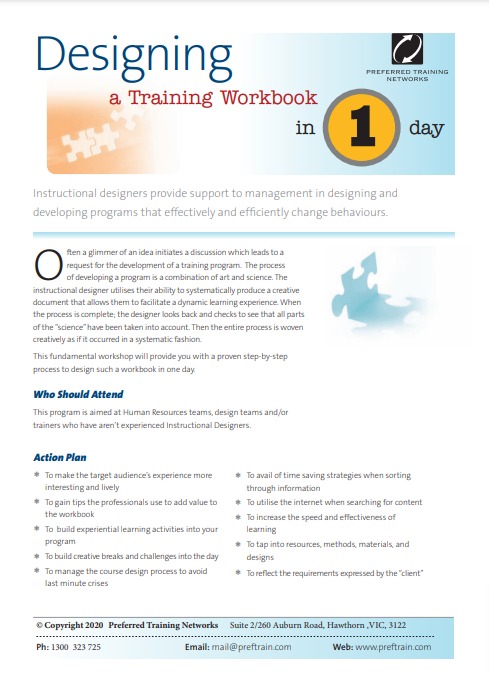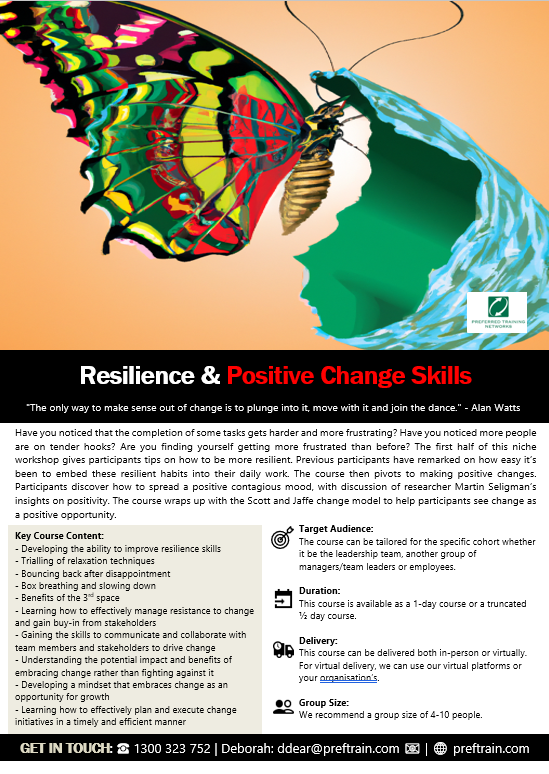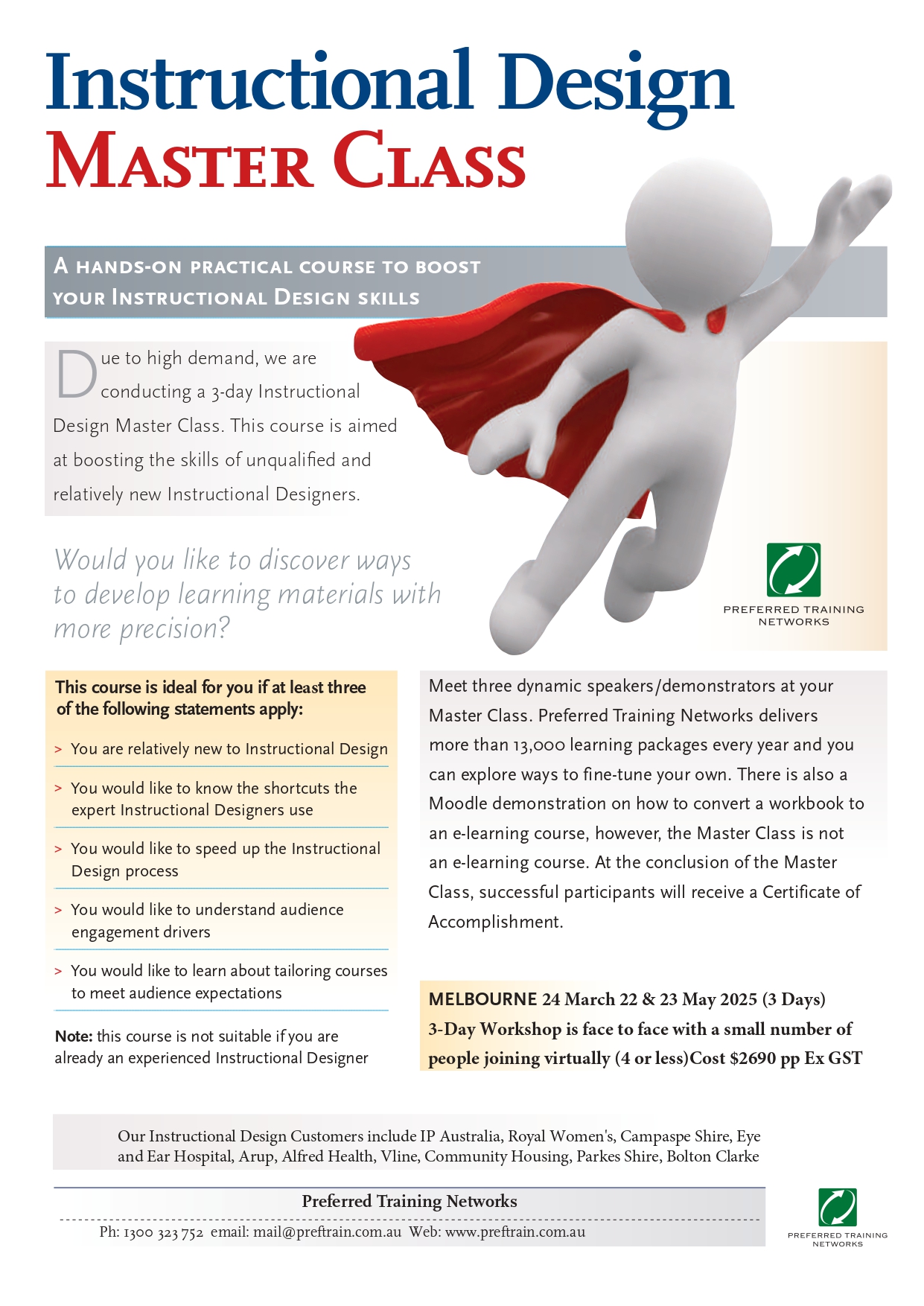Currently Empty: $0.00
Designing A Training Manual Course
Instructionally designed manuals stand out – none of the cut-and-paste ChatGPT brigade. Instructional designers provide support to management by designing and developing programs that will effectively and efficiently change behaviours.
Often, a glimmer of an idea initiates a discussion, which leads to a request for the development of a training program. The process of developing a program is a combination of art and science. The instructional designer utilises their ability to systematically produce a creative document that allows them to facilitate a dynamic learning experience. When the process is complete; the designer looks back and checks to see that all parts of the “science” have been taken into account. Then the entire process is woven creatively as if it occurred systematically.
Get Instant Quote in just 5 Clicks!
Key Learning Outcomes
‘Designing a Training Manual’ Program Details
Principles of learning
- Proven principles of adult learning
- Meeting individual needs
- How to accommodate individual learning styles
- How much content to cover in a typical day
- Creating modular formats that fit with the audience
- How much practice to build into a lesson
- Preventing boredom
Process, needs and roles
- Differentiate between learning theory, instructional theory, and design plans
- Identify the elements of the instructional design process
- Define the role of the instructional designer
Task and content analysis
- Break task down into separate steps
- Identify appropriate content for learning
- Pitch content appropriately at level of learners
Designing the workbook and visuals
- Determine the best sequence for the content
- Sequence content to improve the learner’s understanding of the material
- Teach a fact, concept, rule, procedure, interpersonal skill and/or attitude
- Present the content in a way so that each learner will master the objectives
- Implement instructional strategies
- Use text and pictures within the content
- Computer coaching, internet searching, and tips for practical shortcuts
The last 30-minute makeover
- Setting aside the last 30 minutes for the makeover
- Last tips to add value to the workbook
- Letting go – Even Rembrandt had to finish
- Preventing those continuous improvements from delaying the project
Benchmarking and providing evidence of the quality of the design
- Did the design meet the training needs
- What improvements could be made
- How to separate lone remarks from statistically significant feedback
- Construct instruments to test knowledge, skills, behaviours, and attitudes
Course Description
This fundamental 'Designing a Training Manual' workshop will provide you with a proven step-by-step process to design such a workbook in one day.
'Designing a Training Manual' Workshop Action Plan
- To make the target audience's experience more interesting and lively
- To gain tips the professionals use to add value to the workbook
- To build experiential learning activities into your program
- To build creative breaks and challenges into the day
- To manage the course design process to avoid last minute crises
- To avail of time saving strategies when sorting through information
- To utilise the internet when searching for content
- To increase the speed and effectiveness of learning
- To tap into resources, methods, materials and designs
- To reflect the requirements expressed by the 'client'
If you would like more information on this training program, please contact: Deborah Dear on 1300 323 752 or email: ddear@preftrain.com or contact us online today.

Australia-wide training courses and workshops
At Preferred Training Networks, we provide both in-person and online training programs for a wide range of organisations across Australia. Our Designing A Training Manual Course is run by experienced, qualified experts and tailored to the needs of your business and your employees. Our leadership and management education courses are designed to help your team thrive and develop valuable skills that can transform your workplace.
With programs available in Sydney, Canberra, Melbourne, Perth, Adelaide, Brisbane and other areas of Australia, we’re able to help businesses across the country create lasting behavioural change and provide them with the tools they need to reach new heights. If you think your business would benefit from Designing A Training Manual Course and the help of our professional coaching network, take the first step and contact our team today. Wherever you are in Australia, our coaching program can either come to your organisation or we organise a venue for your convenience. Find out what our training, workshops and skills courses can do for your business and reap the benefits for years to come.
Get your free online quote right now or give us a call on 1300 323 752 to find out more about Preferred Training Networks and discuss your requirements with us.










